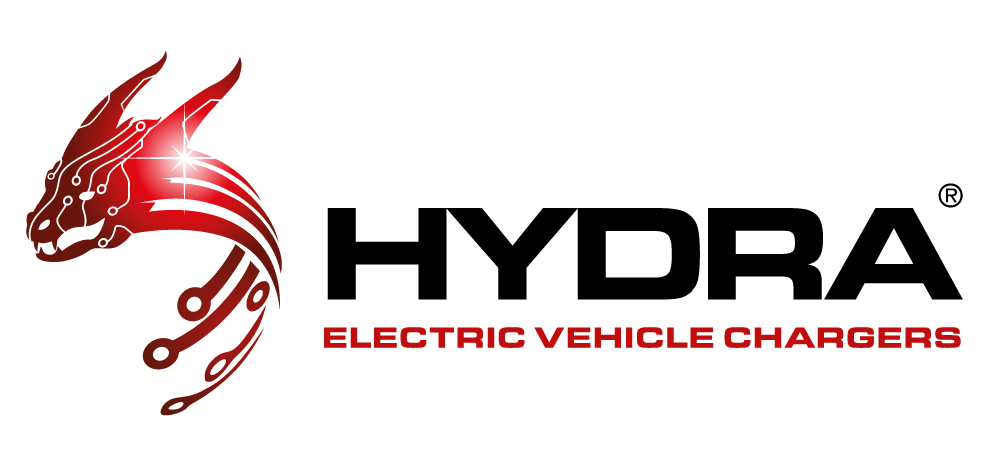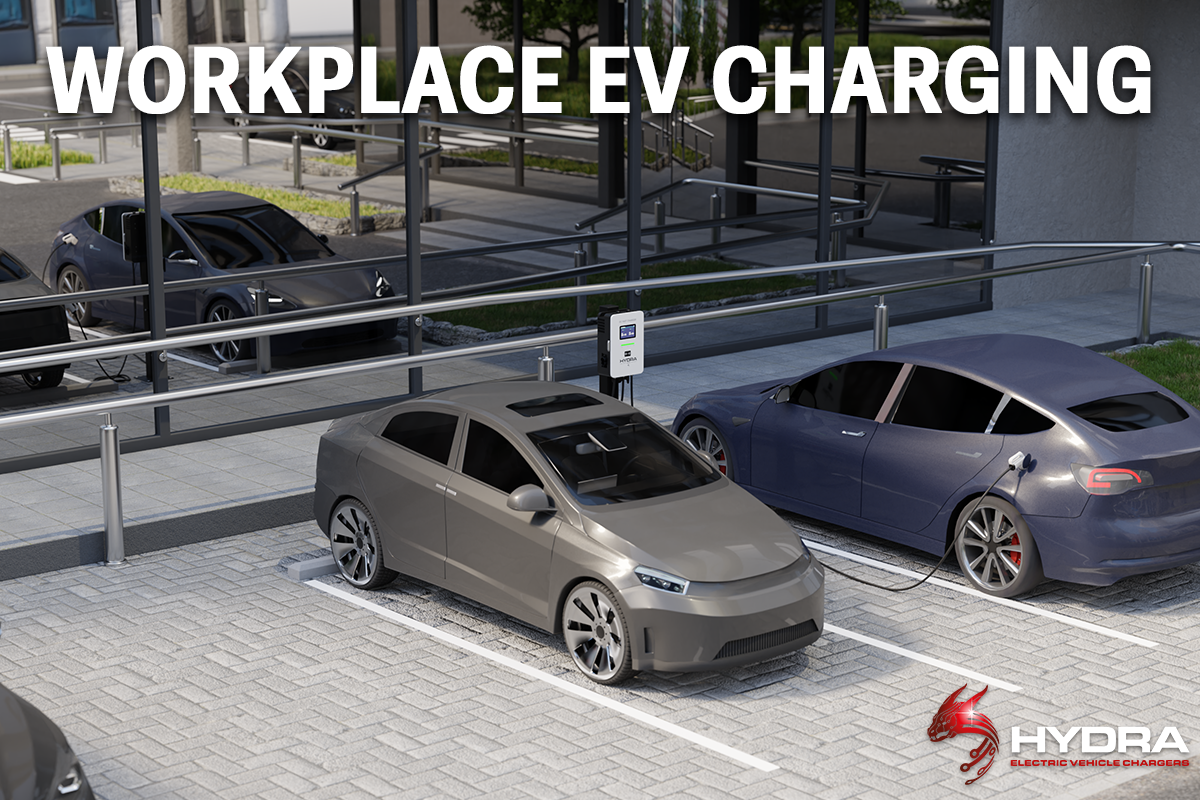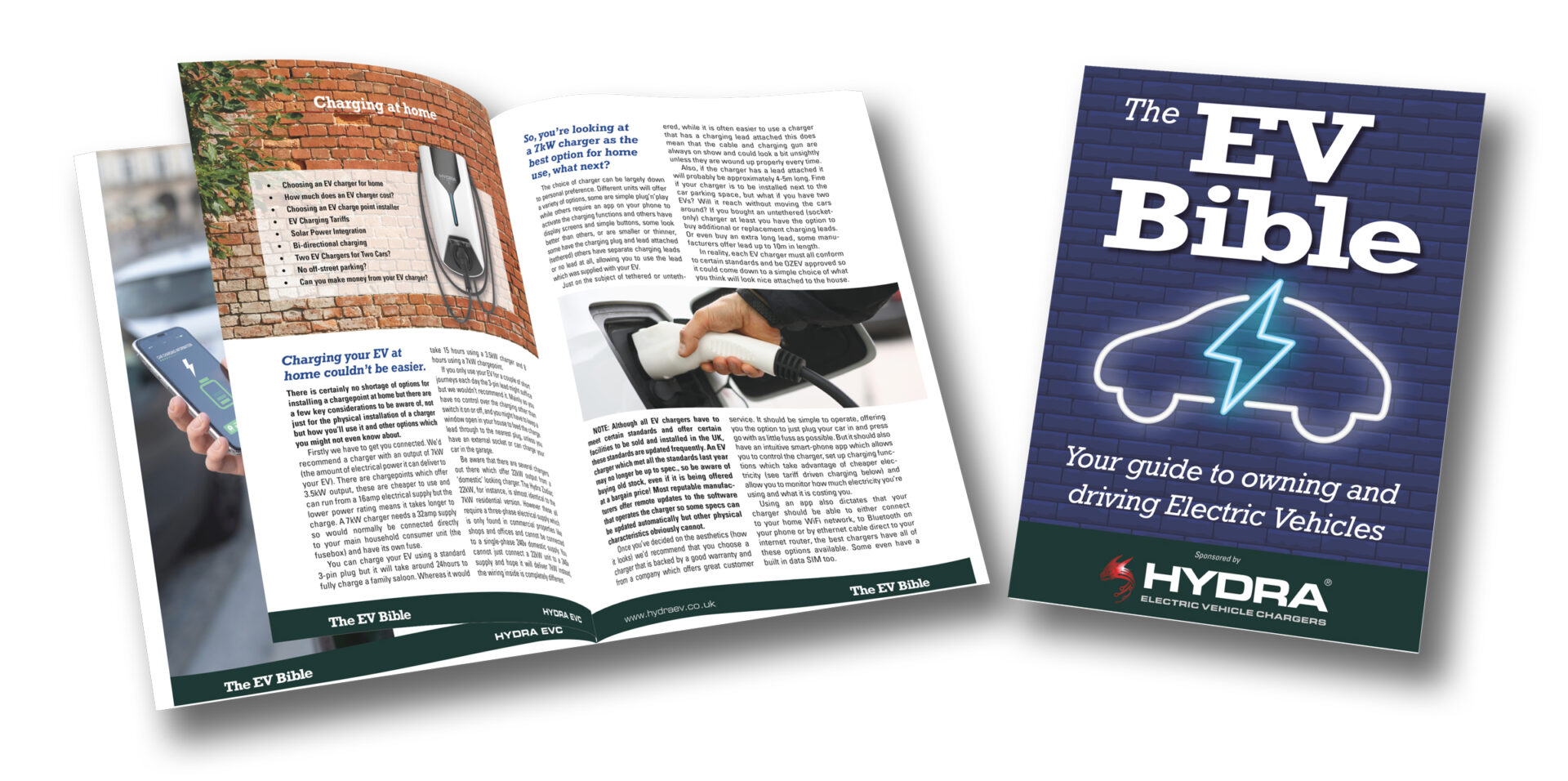As the EV Market grows every single day it’s not a surprise that more businesses have started to adopt EV charging, whether that be AC or DC chargers in their designated parking areas. Workplace EV charging offers numerous advantages, such as providing charging facilities for employees, customers, and even the general public, potentially generating revenue for the business. In this blog we will go over everything you need to know about workplace EV charging, why you need it, the benefits and what type of chargers are best for you.
Why should you Install workplace EV charging?
Workplace EV Charging has become a staple in transitioning the world to EV’s. For employees, charging at work is a convenient way to recharge their EV whilst working throughout the day. This may influence the overall mood and productivity of your employees as they will not need plan a route home with a charge point, if their range is limited.
For businesses, having multiple charge points at the workplace can offer charging for employees, visitors and potentially the public via apps such as ZAPMAP, making it profitable. Charge points are also essential for businesses with an EV fleet for day-to-day operation.
What EV chargers should you install at your workplace?
There are a lot of factors that go into selecting what EV chargers are best for your workplace:
Single or Three Phase supply
Firstly, it’s important to determine whether your workplace operates on a single or three-phase electrical supply, as this will significantly influence the type and number of EV chargers you can install. For locations with a single-phase supply, we recommend a maximum of 2x 7kW AC chargers. However, it’s essential to verify the presence of Dynamic Load Balancing (DLB) to prevent circuit tripping. On the other hand, three-phase supplies allow for installation of a greater number of charge points, including rapid DC EV chargers, which are ideal for many users, such as fleet managers, in need of quick charging solutions.
We usually suggest a combination of AC and DC charging to accommodate users with varying charging speed preferences.
Wall or Pedestal Mounted
Depending on the orientation of your car park will determine where you can have EV Chargers installed. Wall Mounted is often cheaper as you can run the wire against the wall and does not include the pedestal costs. Pedestal mounted EV chargers are more aesthetically pleasing and you’re able to put a barrier in front to protect the charge-point.
Socket or Tethered
Socketed EV charging means the charging cable is separate and brought by the user, while tethered EV charging has a fixed cable attached to the charging unit. The choice depends on user preference and convenience. Socketed charging offers lead flexibility as users can use their cable, while tethered charging provides convenience by having a fixed cable. While tethered charging is technically slightly faster than socketed the cable will have to be wrapped around nicely in order to minimise wear and tear. You should note that DC chargers often only come as tethered.
The Workplace Charging Scheme
The Workplace Charging Scheme is funded by the Government’s Office for Zero Emission Vehicles (OZEV). It provides support for organisations towards the cost of installing up to 40 electric vehicle charge-point sockets at their sites.
The scheme covers up to 75% of the total costs of the purchase and installation of EV chargepoints (including VAT), capped at a maximum of:
- £350 per socket
- 40 sockets across all sites per applicant – for example, if you want to install them at 40 sites, you will have 1 socket available per site
It is open to eligible:
- businesses
- charities
- public sector organisations
- small accommodation businesses
There is a separate scheme with a different grant amount for state-funded education institutions.
All charge-points must be installed by an OZEV authorised installer and this scheme is only available in England, Wales, Scotland and Northern Ireland.
In summary, workplace EV charging is increasingly important as the electric vehicle market grows. It benefits both employees and businesses, offering convenience and potential revenue generation. Choosing the right chargers involves considering factors like electrical supply, mounting options, and socketed versus tethered charging. Government schemes like the Workplace Charging Scheme can help offset installation costs, making workplace EV charging an attractive option for businesses embracing sustainability.






